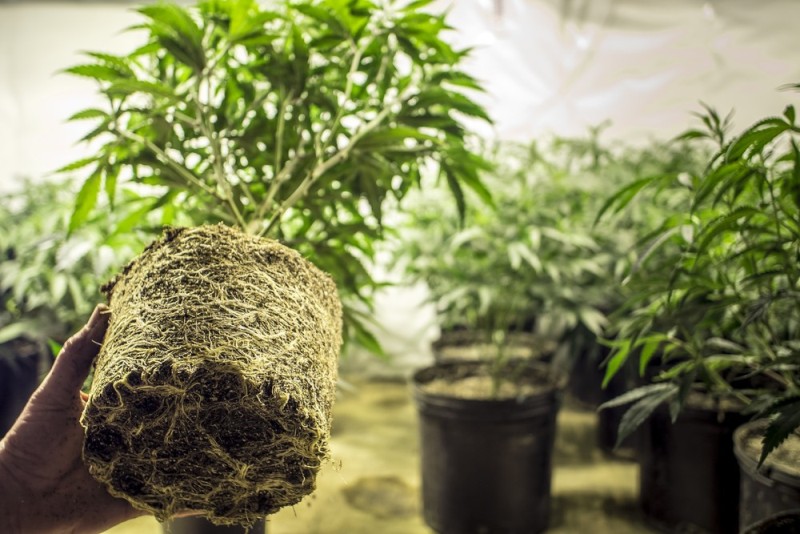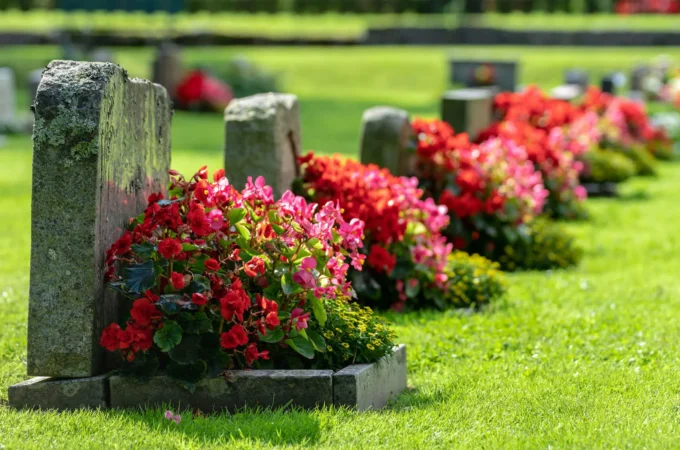
Helpful Tips on How to Grow Weed From Home in Canada
In the past, Canada was known mainly for its beautiful scenery and friendly people. But now, something else has been thrown into the mix: cannabis. Even though Canada is not the first country to legalize recreational marijuana, it definitely made a splash by doing so.
The Cannabis Act, which was passed in October of 2018, not only legalized the purchasing, selling, and possession of marijuana but it also legalized home-growing to a certain extent. Almost every province and territory is now allowing citizens to grow 4 plants at home (except for Quebec and Manitoba), and people are more than willing to jump on board.
The only problem with this new home-growing trend is that many people are jumping into it without the faintest idea about the basics of growing. Whether you’re growing in Canada or legally growing somewhere else, this in-depth guide on how to grow weed from home can help.
First Thing’s First, Establish Your Growing Needs
One of the most common mistakes among new growers is failing to establish their exact growing needs. In Canada, the first step should be to establish whether you’re growing for recreational reasons with the sole purpose of getting high, or if you’re more interested in using cannabis for its medical benefits.
If it’s the former, you’ll only be able to grow a maximum of 4 plants per household according to the recreational regulations of the Cannabis Act. If it’s the latter, then you have another option. Medical marijuana patients in Canada can apply to be a part of the ACMPR program, which is responsible for governing the medical use of cannabis throughout the country.
Becoming a member of this program means that you’ll receive a legal license to grow plants from home for medical reasons. There are a lot of benefits to growing medically, like higher plant counts and better access to medical marijuana treatment. For more info on the ACMPR application process, visit https://www.cannabisgrowingcanada.com/acmpr-application/.
Next, Create a Plan for Your Grow Room

Once you’ve established whether you’ll be growing recreationally or medically, the next step is to create a grow room layout. To do this, you’ll have to know exactly how many plants you’ll be growing, the size of the plants, your intended medium (like soil or hydroponics), and the type of lights you’ll be using.
A lot of growers skip this step and just jump right into the growing process, but this is a huge mistake. Before you can even think about building your grow room, no matter how big or small it is, you must must must lay it all out first and properly design it.
Remember That It’s OK to Start Small
So many new growers get way in over their heads when tackling their first grow ops. The key is to start small, and there are a few benefits to doing this. First of all, starting with a handful of plants is a great way to keep the operation inexpensive. Second, it’s much easier to learn the ropes of growing when you’re dealing with a few plants vs 100 plants.
Invest in the Proper Equipment
A grow op is only as successful as the equipment that’s used. Sure, it takes some skill and patience on the part of the grower, but the quality of the equipment also plays a huge role. Depending on the size of the grow op, costs can quickly start to add up, but try not to be too stingy about what you’re buying.
If you’re on a budget, it’s possible to find used lights, ballasts, fans, and even pots for your grow op. But whatever you do, try not to sacrifice the quality of the equipment to save a buck or two.
Make Sure to Have Air Circulation

Stagnant air could be the death of your crop, but the good news is that it’s fairly easy to keep air circulating. To ensure that air is constantly moving throughout the room and that your plants are getting a hefty dose of fresh air, you’ll want to use a combination of oscillating fans and inline fans.
Inline fans will bring fresh air from outdoors into the room while oscillating fans will keep the air moving. New growers often fail to see the importance of a proper ventilation system, but it’s something that should never be overlooked.
Choose Your Lighting System Wisely
There are several types of bulbs for indoor growing that are commonly used by growers, including HPS, MH, LED, and fluorescents. Each bulb type comes with a unique set of pros and cons, so you’ll want to do your research. For example, LEDs are highly energy-efficient, but HPS/MH bulbs produce more intense light, which plants tend to like during the flowering phase.
Constantly Monitor Grow Room Climate
Cannabis plants thrive in very specific conditions, so it’s important to constantly keep an eye on the climate of the grow room. If things get too hot, too cold, too dry, or too humid, your plants can suffer. Luckily, there are a lot of helpful tools on the market that can help with climate control.




